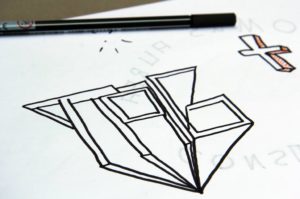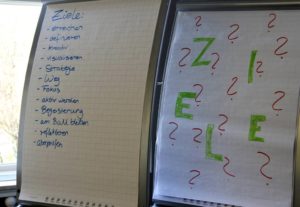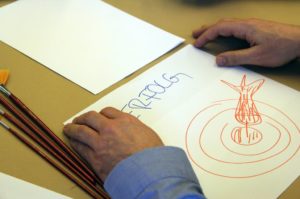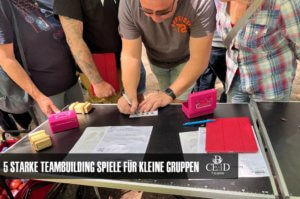Still the "weapon" of a trainer today: the flipchart
Why visualization with pen and (flipchart) paper is more effective than digital alternatives.
Let's face it: the flipchart is far from being obsolete. Anyone who believes that digital media can completely replace the good old manual trainer modules is mistaken. And not all flipcharts are the same. Why? We will explain that to you here and now.
Not all flipcharts are created equal: tried and tested versus modern
Who hasn't experienced it: we just want to visualize something in a training session and reach for the pen. Now quickly draw something and inspire the audience with the typical trainer sense. It doesn't matter whether you draw a simple cartoon, a path or key points and values: the flipchart is primarily used to visualize topics and guidelines quickly, easily and simply. There are fundamental differences between the brands.
The classic: the flipchart on castors with and without side arms
As a trainer and coach, you want to have your material together during teambuilding measures and trainings. On this one distributes well and gladly his works and moderation sheets. Simple models lack the side arms. This type of facilitation is excellent for smaller meetings in the company. If the meeting or training becomes more complex, higher quality flip chart models with side arms ensure that three visual platforms are created at the same time and do not have to be stuck to the walls first.
Modern variant: static flip charts
One of the newest, non-digital visualization techniques are undoubtedly static slides. Visually and technically, they hardly resemble a conventional flip chart. This method is very effective for conducting trainings and seminars in rooms where no trainer props such as flip charts or pin boards are available. The trainer has special transparencies that are statically charged and can be easily pinned to almost any wall. No glue or other fasteners are needed for this. Special pens for static flip chart transparencies can be used for any kind of convenient visualization of interesting content.
Proven vs. modern: which flipchart makes the running?
Considering the practicability, the modern form of visualization is virtually unbeatable. The static foils adhere to almost any wall without any problems and can also be turned over or cleaned with a special sponge if necessary. The foils can be used as long as they stick to the walls. A very modern, loose and innovative form of training and seminars. The disadvantage is that they simply do not stick to some walls and especially to very smooth surfaces and there is no alternative at that moment. Nevertheless, this variant clearly prevails over the classic.
Conclusion of the editors
Perfect use for the flipchart: teambuilding and seminars
Wherever important topics, structures, tasks and goals need to be visualized, the flip chart is still the tool of choice today. It can't "crash" like a server, it doesn't go out like a TV set in the event of a power failure and it cuts a fine figure in team-building training and seminars. You can use it quickly and don't have to wait for it to boot up. And the most important point: participants pay more attention in seminars when the trainer is working on the flipchart than with other media. That's why the flipchart - no matter which version you prefer - is part of every good training, team building or seminar.









